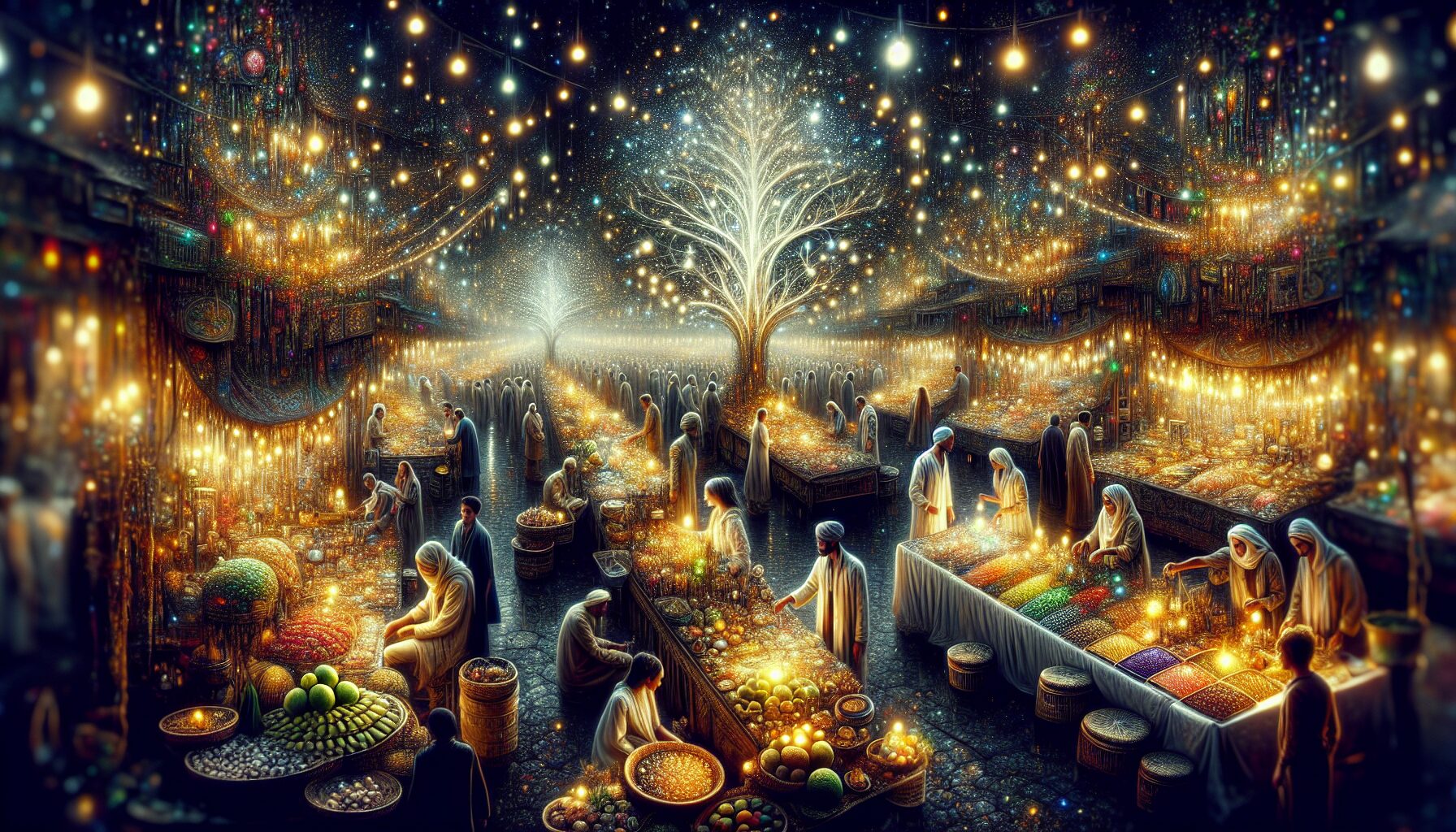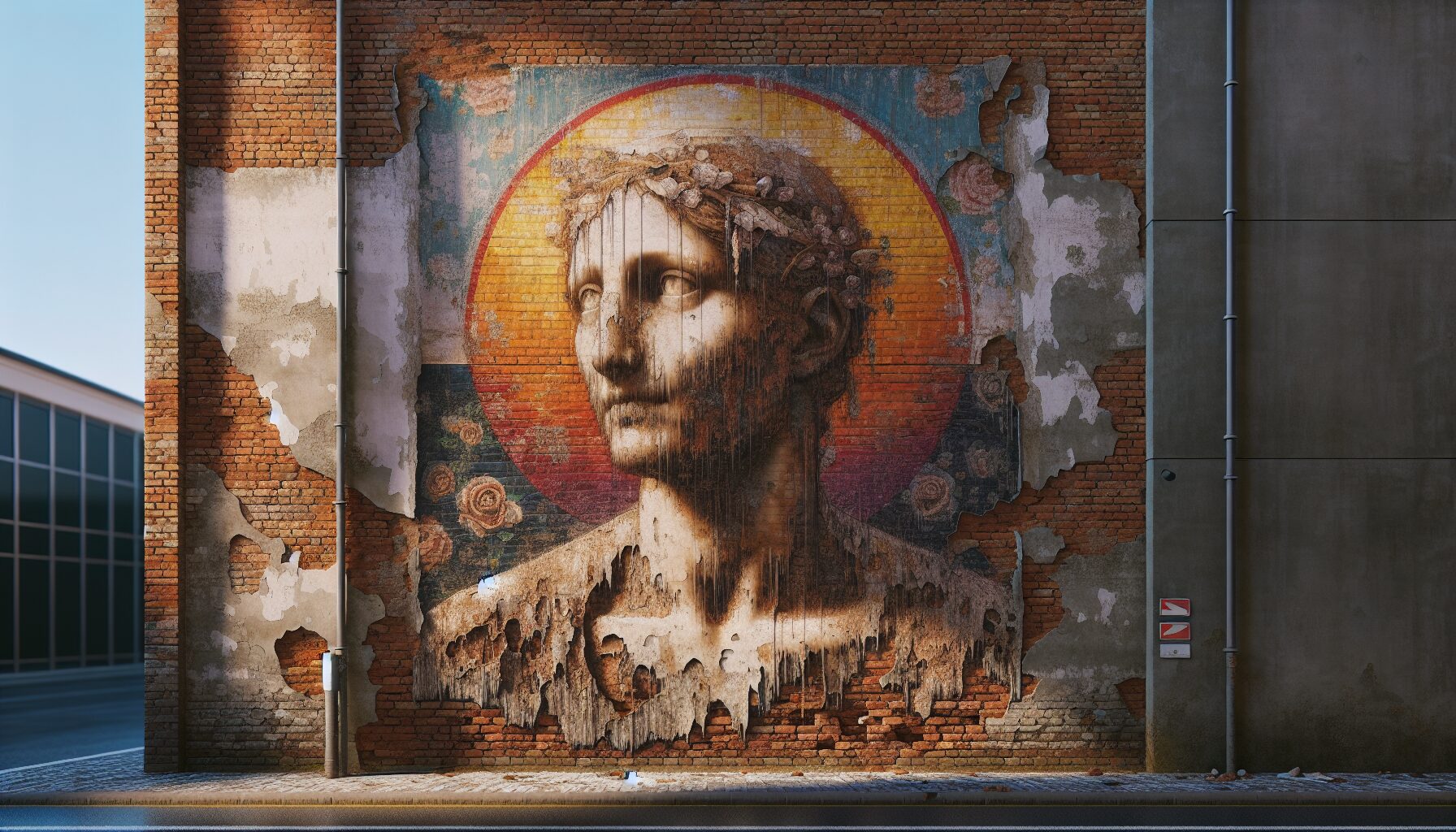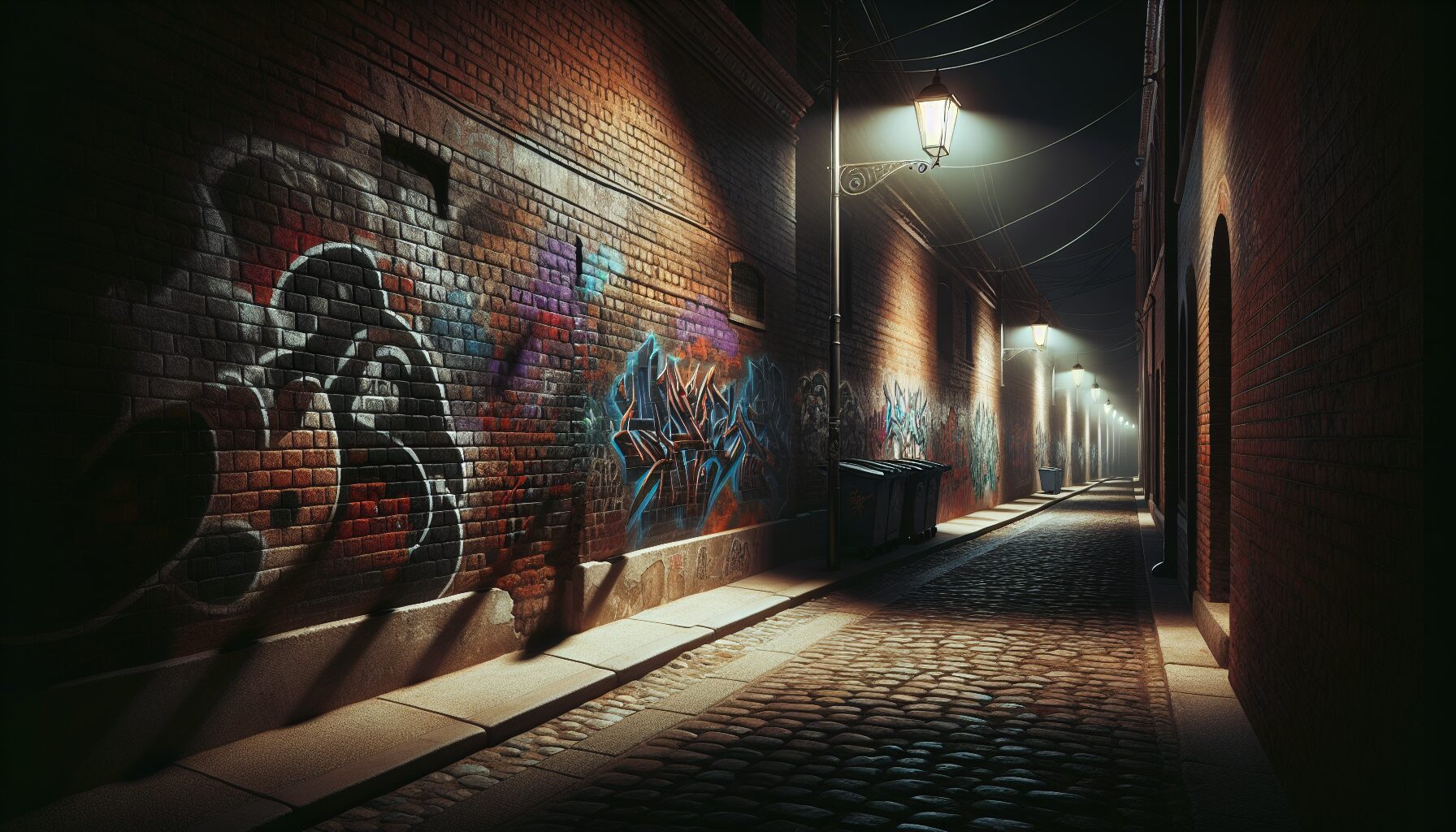Night bazaars are a mesmerizing blend of sights, sounds, and scents, offering a unique experience that transcends the ordinary. These nocturnal markets, found in various parts of the world, are as much about the ambiance as they are about shopping. They offer a sensory overload that entices visitors to wander through their vibrant stalls and bustling alleys, often long into the night.
The Origins and Evolution of Night Bazaars
The concept of a night market dates back centuries, originating from the traditional souqs in the Middle East and sprawling street markets in Asia. Historically, these markets were established to avoid the oppressive heat of the day, allowing merchants and buyers to transact in the comfort of cool, evening breezes. According to Al Jazeera, early night markets were not only hubs of commerce but also centers of socialization and cultural exchange.
As societies evolved, so did these markets. Today’s night bazaars have expanded to become cultural phenomena, showcasing a mix of traditional and contemporary elements. From street food vendors hawking local delicacies to artisans displaying intricate handicrafts, these markets cater to both locals and tourists, providing a taste of local life and culture.
The Allure of Street Food
- Sizzling Delights: The aroma of grilled meats and spices permeates the air, making the food offerings a cornerstone of the night bazaar experience. Favorites might include satay skewers in Malaysia, kebabs in Turkey, and taco stands in Mexico.
- Sweet Temptations: Sugar-dusted churros, syrup-soaked baklava, and vibrant macaroons challenge even the staunchest sweet tooth.
- Local Specialties: From Thailand’s famous Pad Thai to Nigeria’s Jollof Rice, street foods offer an authentic taste of the local cuisine, prepared fresh for every customer.
The significance of food in night bazaars is perhaps best encapsulated by Anthony Bourdain, who once said, “Street food, I believe, is the salvation of the human race.”
Artisans and Crafts: A Handmade Haven
The creative spirit of a region is often reflected in the crafts found within its night bazaars. Artisans showcase handmade goods, each with a story woven into its fabric. Visitors can find:
- Textiles: Vibrant tapestries and intricate weavings that tell the history and traditions of the area.
- Jewelry: Unique, handcrafted pieces that often incorporate local materials and designs.
- Art: Paintings, sculptures, and pottery that capture the imagination.
The authenticity of these crafts is a draw for collectors and casual shoppers alike, with each piece serving as a tangible memory of the bazaar experience.
The Market as a Cultural Melting Pot
Night bazaars are more than just commercial spaces—they are vibrant cultural hubs where music, dance, and art are showcased amidst the stalls. Street performers and musicians add to the eclectic atmosphere, creating a lively soundtrack for the evening’s activities. As noted by travel writer Rick Steves, “Cultural exchange is not only enriching but also necessary,” and night bazaars provide the perfect setting for such exchanges.
“In the swirl of colors and languages, one realizes that a night bazaar is a true microcosm of a global village.” — The Daily Traveler
Iconic Night Bazaars Across the Globe
Chiang Mai Night Bazaar, Thailand
Perhaps one of the most famous night markets, the Chiang Mai Night Bazaar spreads over several city blocks and is a sprawling mix of vendors selling everything from traditional Thai silks to counterfeit watches. It’s a shopper’s paradise where haggling is considered a game.
Marrakech Souks, Morocco
Although not strictly a night bazaar, the evening ambiance within the Marrakech souks is undeniably enchanting. As the call to prayer sounds, the market transforms into a magical arena of flickering lanterns and aromatic spices.
Temple Street Night Market, Hong Kong
Known for its vibrant atmosphere, Temple Street Night Market is the epitome of a bustling bazaar. It’s famous for fortune-tellers, street performers, and stalls offering everything from electronics to jade trinkets.
Conclusion: More than Just a Market
In essence, night bazaars offer far more than a shopping experience. They are a window into the soul of a city, encapsulating its history, culture, and vitality. As darkness falls, they come alive, casting a surreal spell on all who wander within their glowing labyrinths. For travelers and locals alike, these markets promise a kaleidoscope of memories where each visit offers a new discovery.
Whether you’re in search of a unique souvenir, a delectable meal, or simply an adventure, night bazaars envelop you in their enchanting embrace, making it an experience to be relished and remembered.


